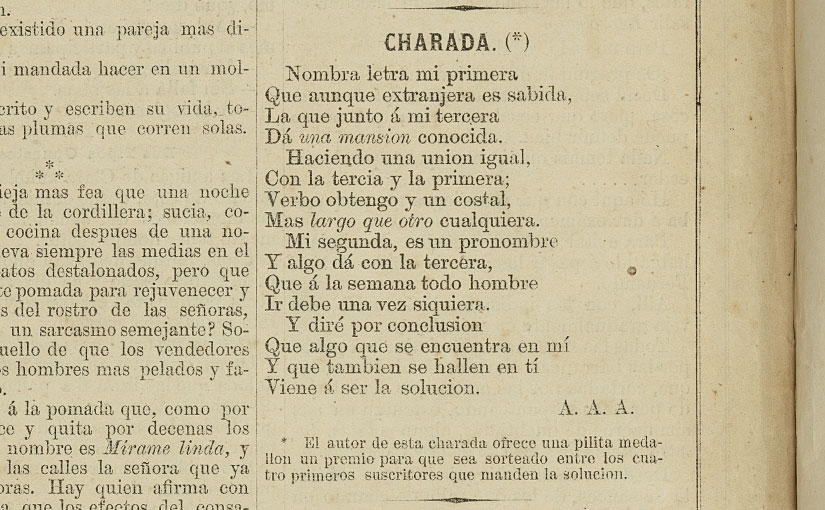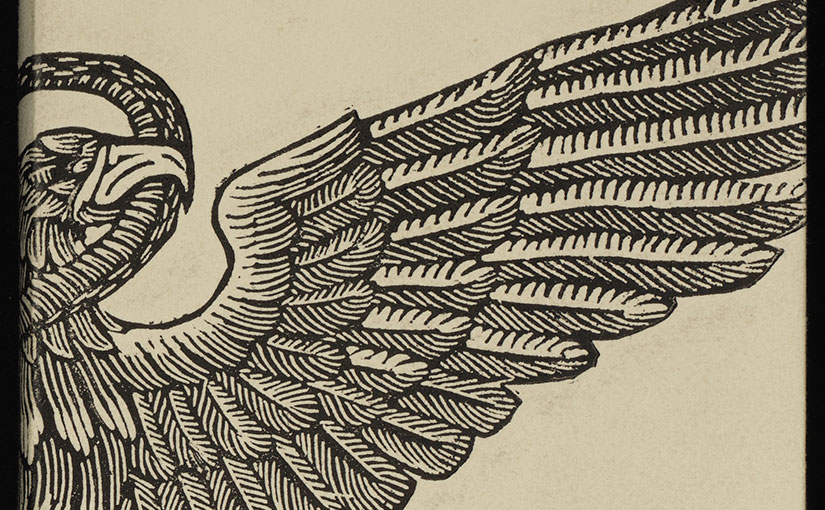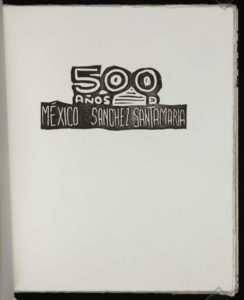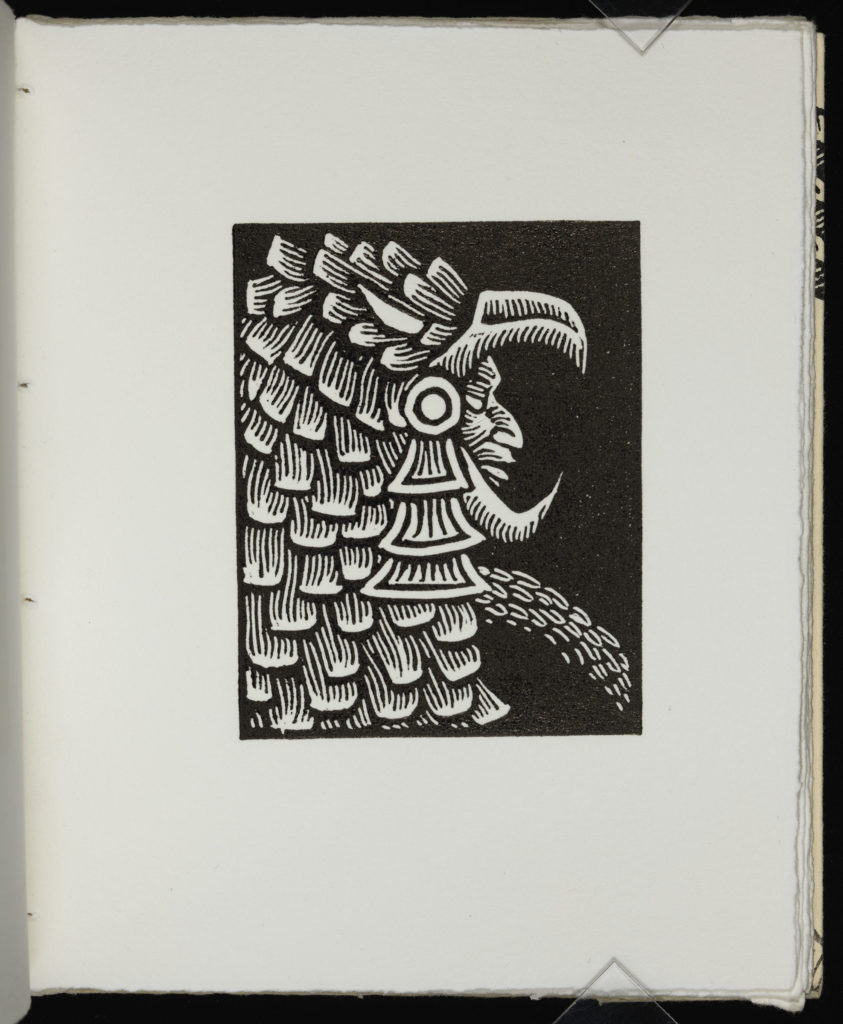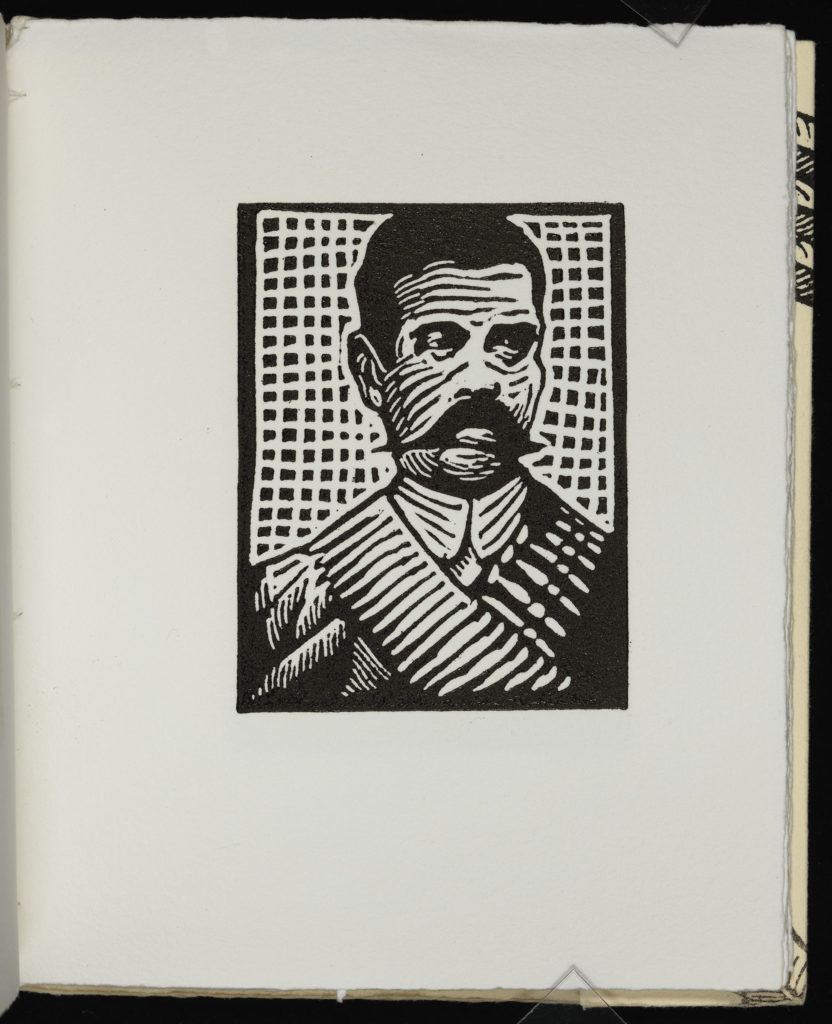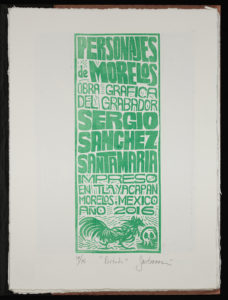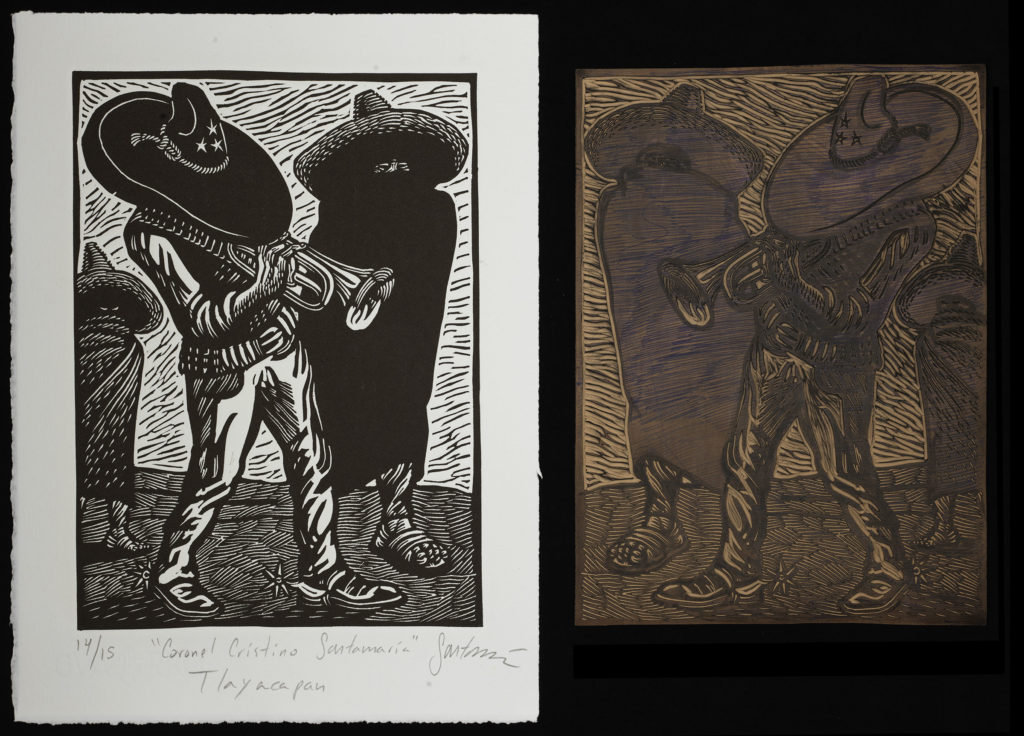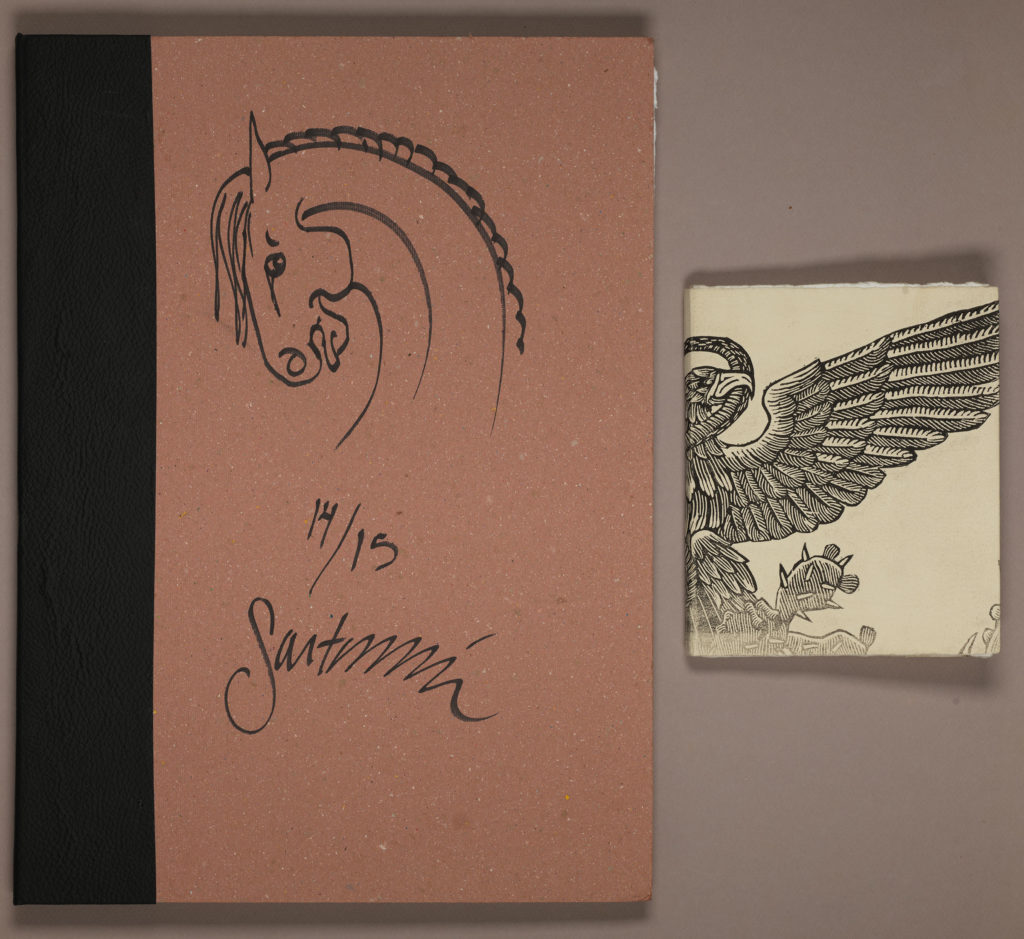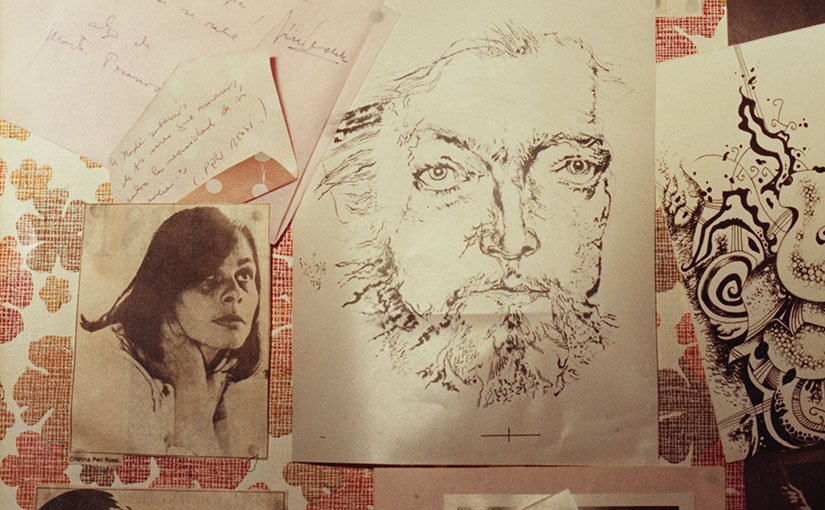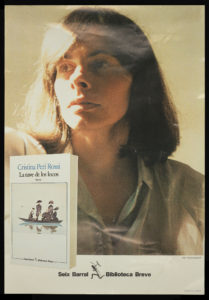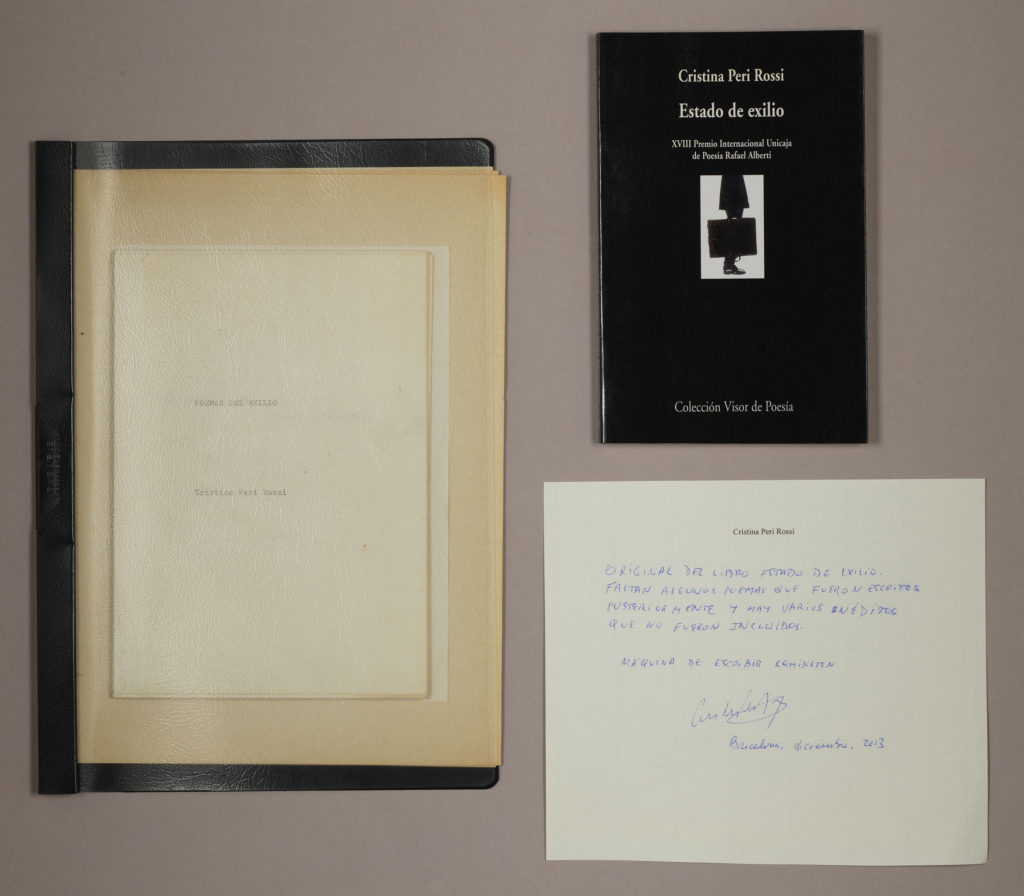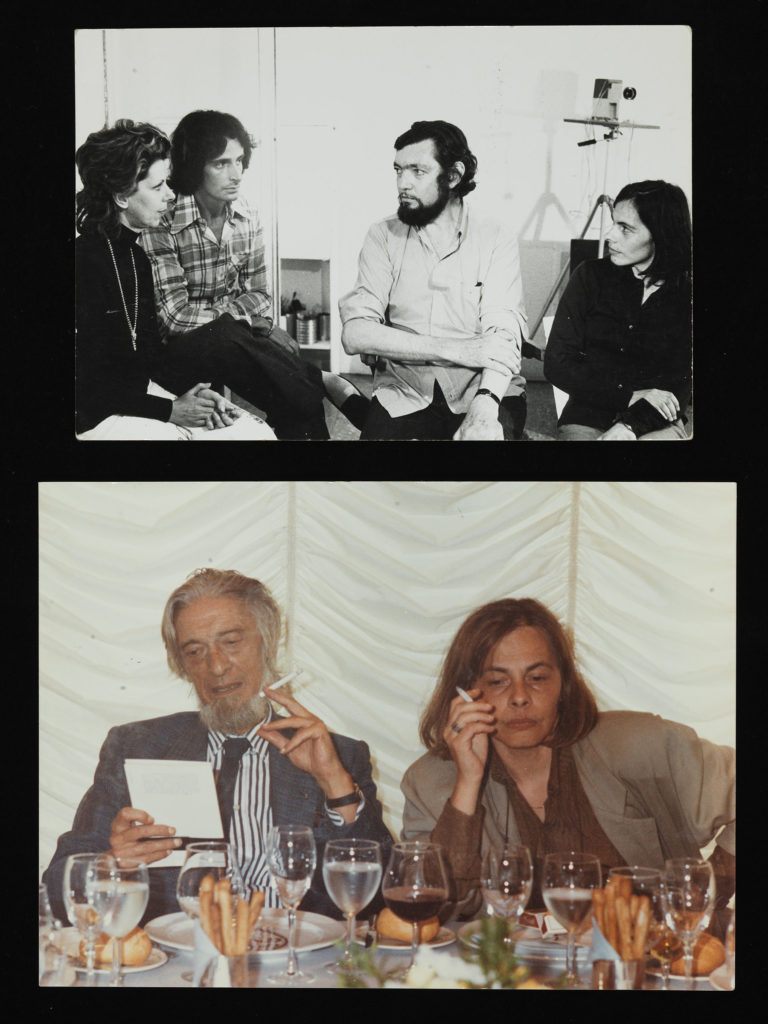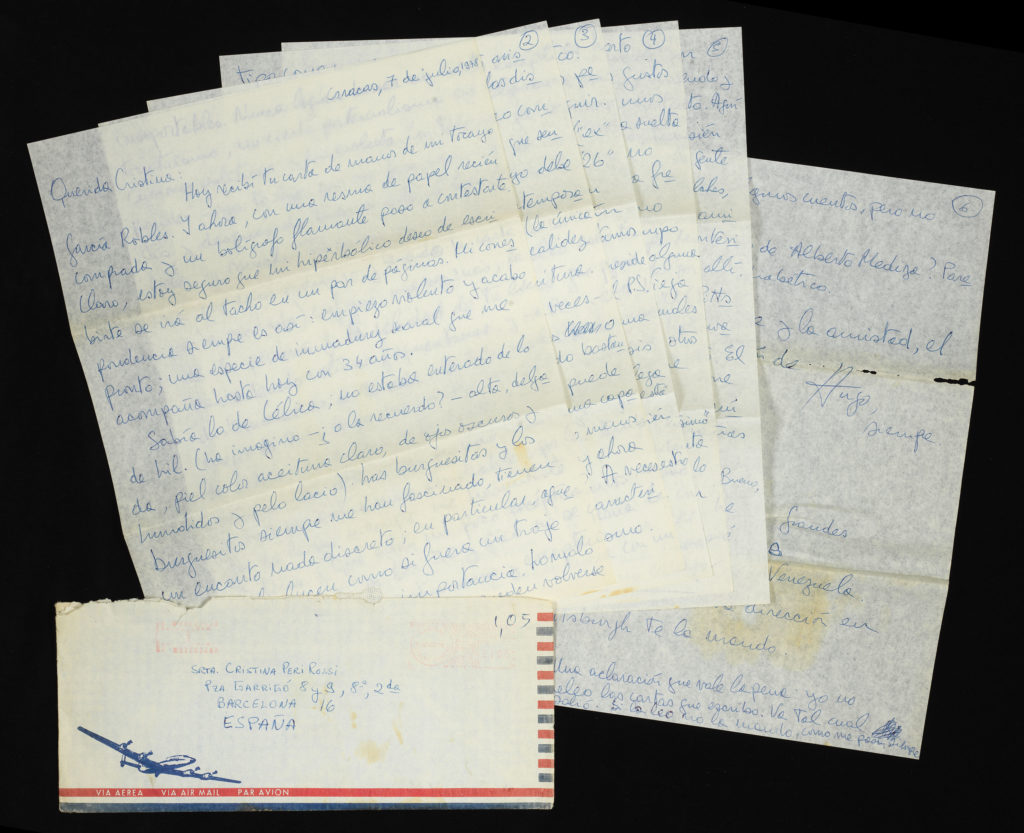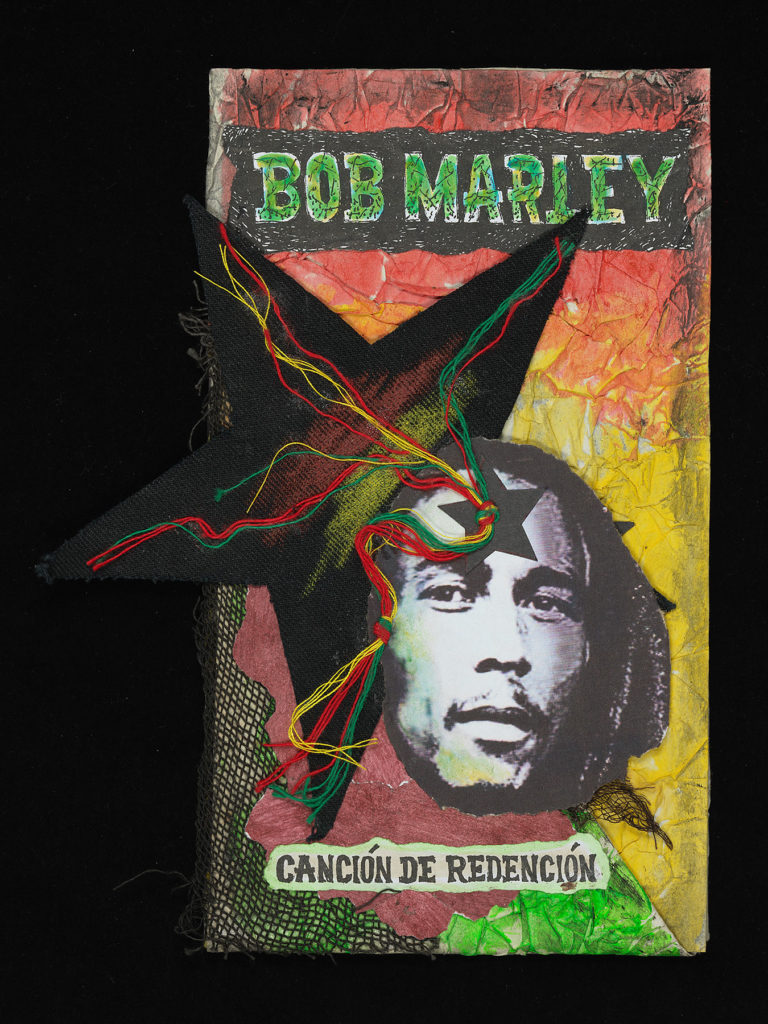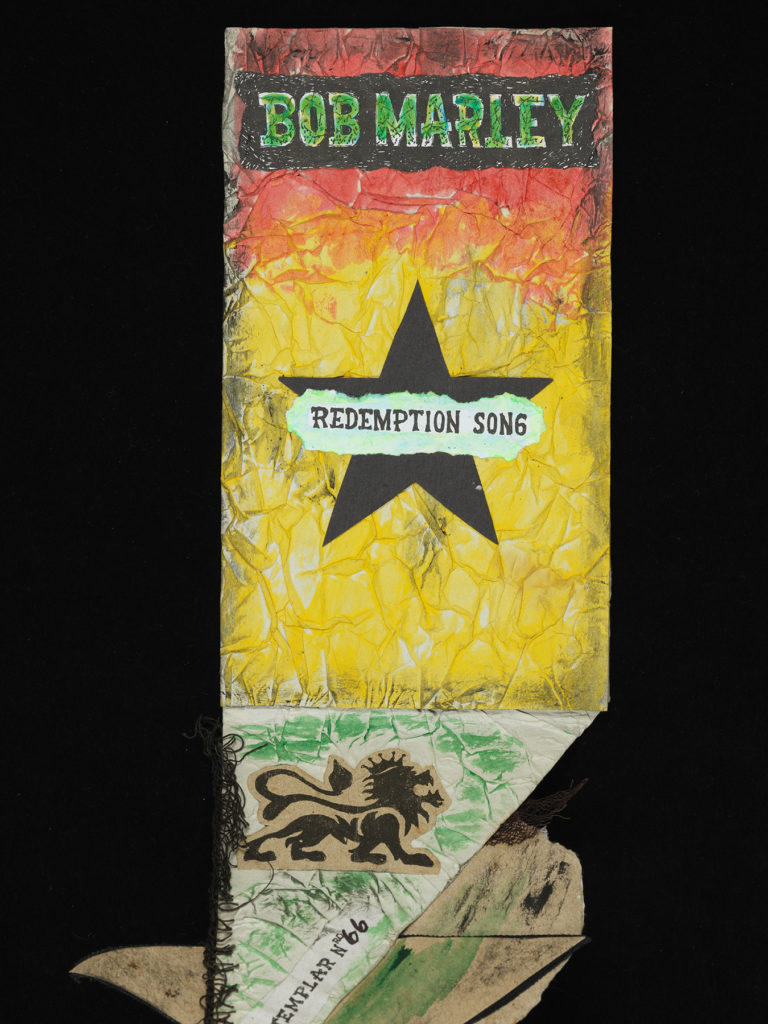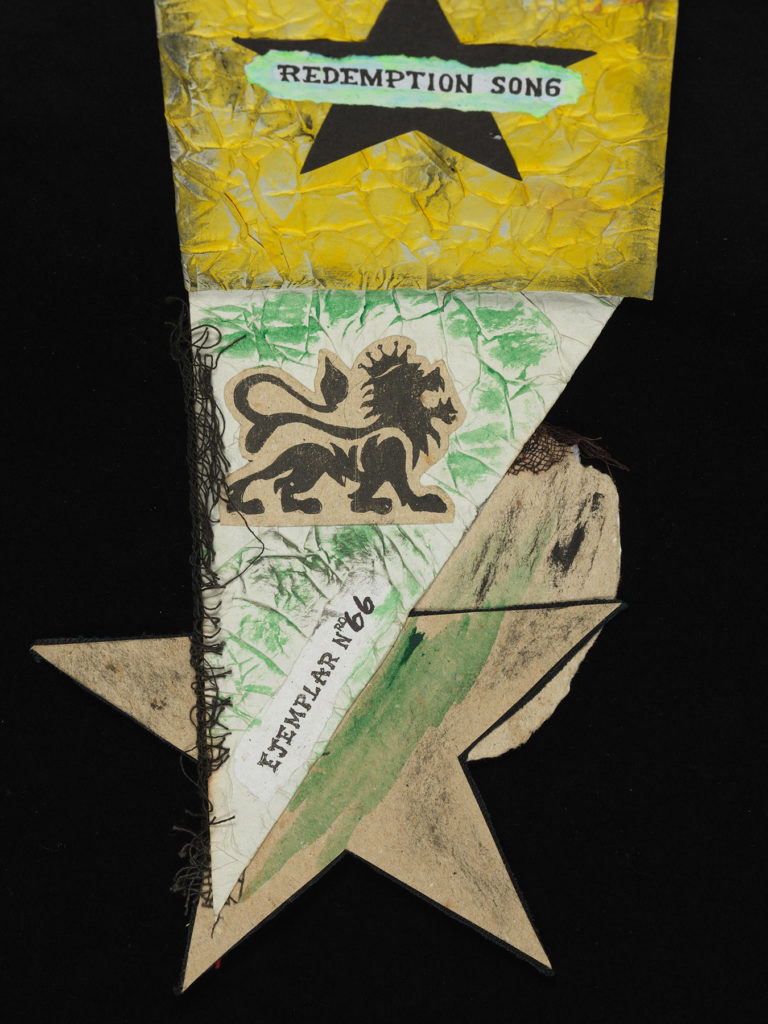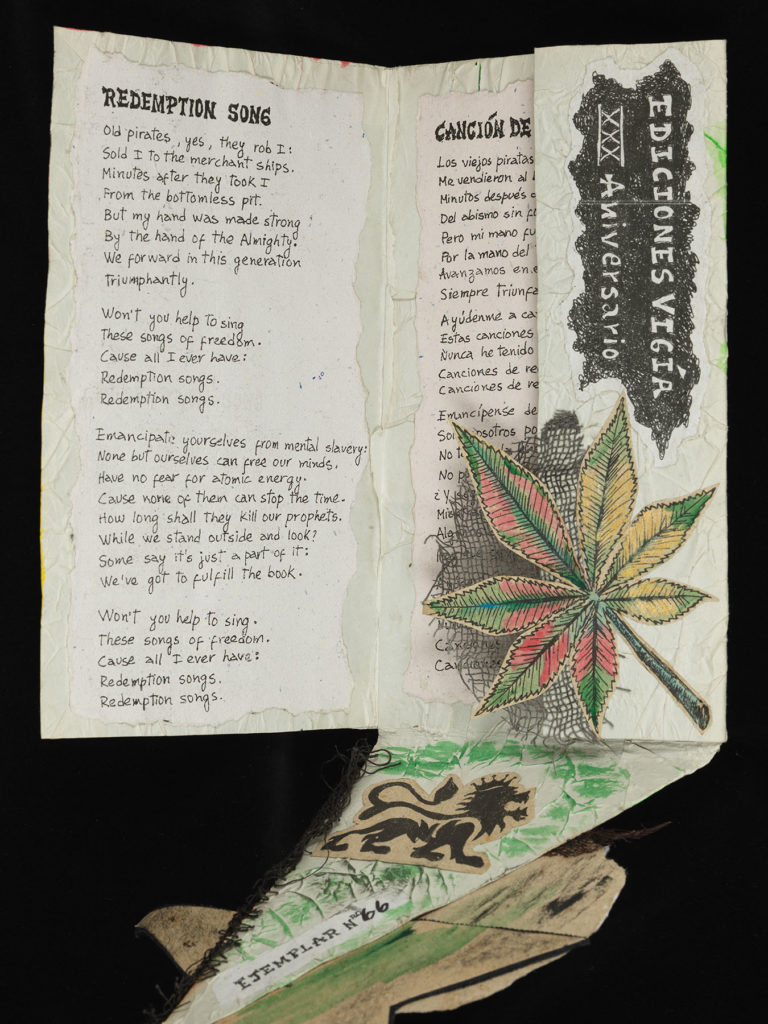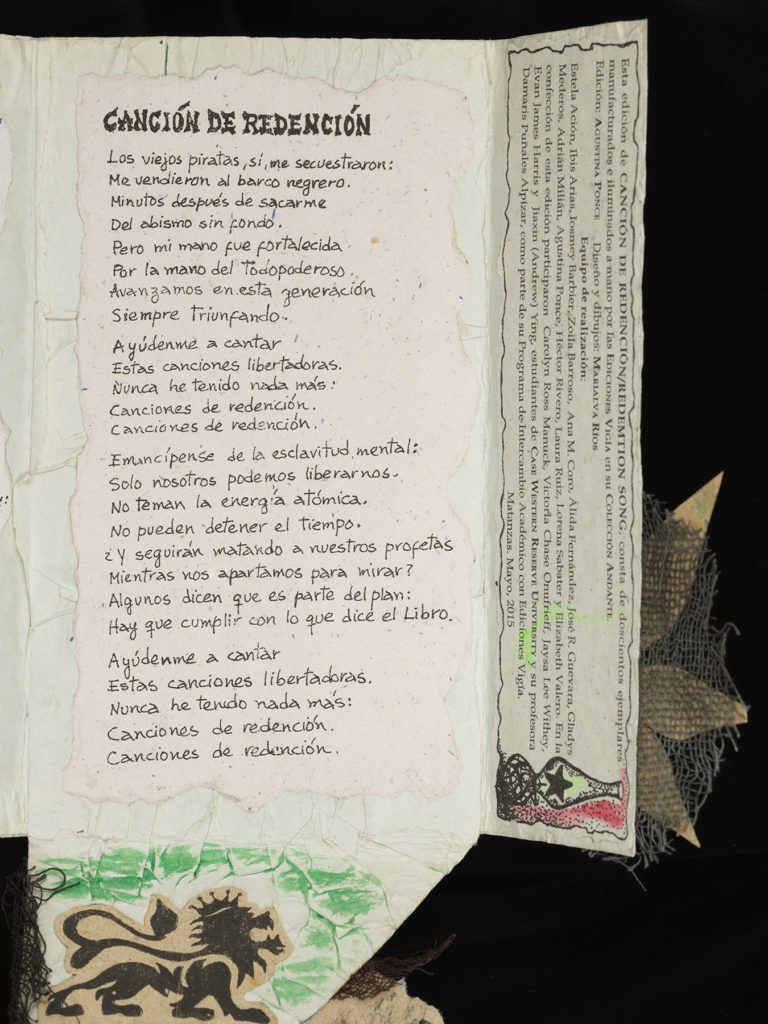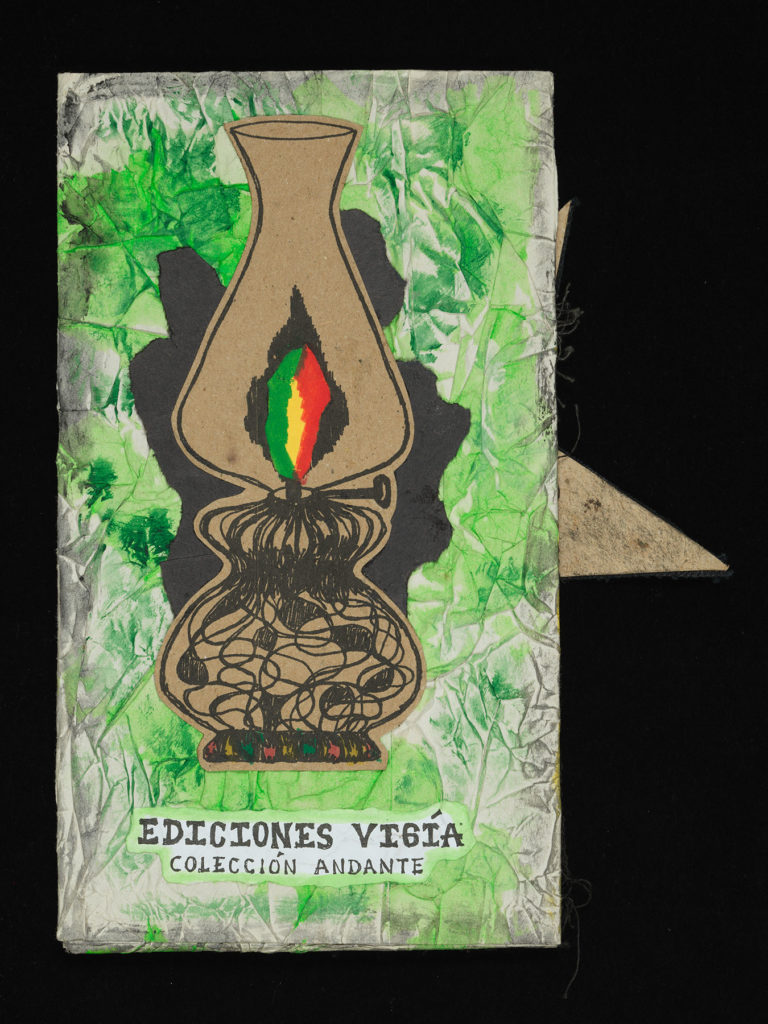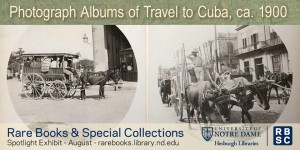January 29 is National Puzzle Day, a day to appreciate puzzles of all sizes, shapes, and forms. This holiday was started in 2002 by Jodi Jill, a syndicated newspaper puzzle maker and professional quiz maker. In honor of the holiday, the curator of our next exhibit, “In a Civilized Nation: Newspapers, Magazines, and the Print Revolution in 19th-Century Peru,” shares a couple of puzzles from two of the serials that will be featured in the exhibit. The exhibit will open in early February.
by Erika Hosselkus, Curator, Latin American Collections
The periodicals of nineteenth-century Peru often featured puzzles, from riddles (charadas) to rebuses (geroglíficos).
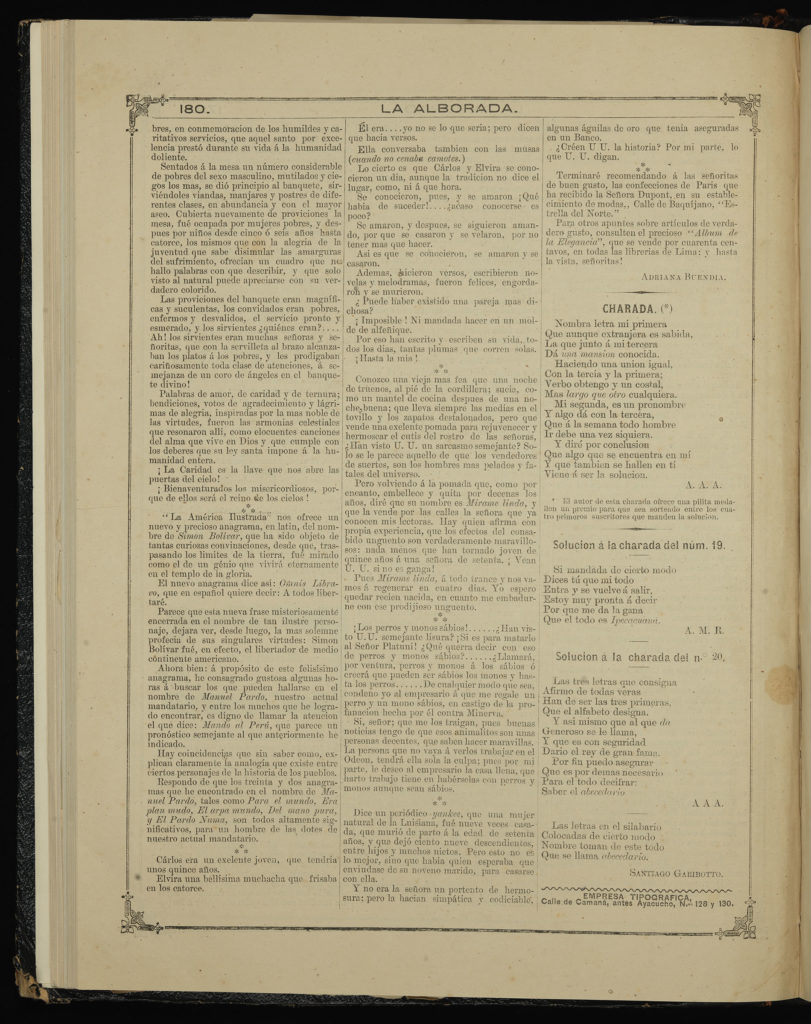
The March 13, 1875 issue of La Alborada, a weekly magazine on literature, art, education, theater, and fashion, featuring the writing of Peruvian women, contains a word puzzle in the middle of the third column. Readers decoded riddles such as this one to discover a one-word or multi-word solution. In this case, the puzzle creator provides clues about the three syllables comprising the word camisa (shirt), her one-word solution.
A loose translation:
Although foreign, it is known
That when I join my first syllable to my third,
It results in a familiar mansion.
Creating a similar union
Between my third and my first syllables;
I obtain a verb and a “sack,”
“larger than” any other.
My second (syllable) is a pronoun
And it runs into my third,
Each week, every person
Should go (to this) at least once.
I will say, in conclusion
That something that you find on me
And that you find also on yourself
Will turn out to be the solution.
A.A.A.
The author of this puzzle offered up a prize to be given to one of the first four subscribers to submit a solution.
Solutions to the puzzle (Soluciones á la charada del núm. 22) appear in a later issue, shown below. Some answers, like the one sent in by Ubalda Plasencia, are written in verse, like the puzzle itself. As Ubalda points out, the syllables indicated by the puzzle are “ca” “mi” and “sa,” resulting in the word camisa, or “shirt.”
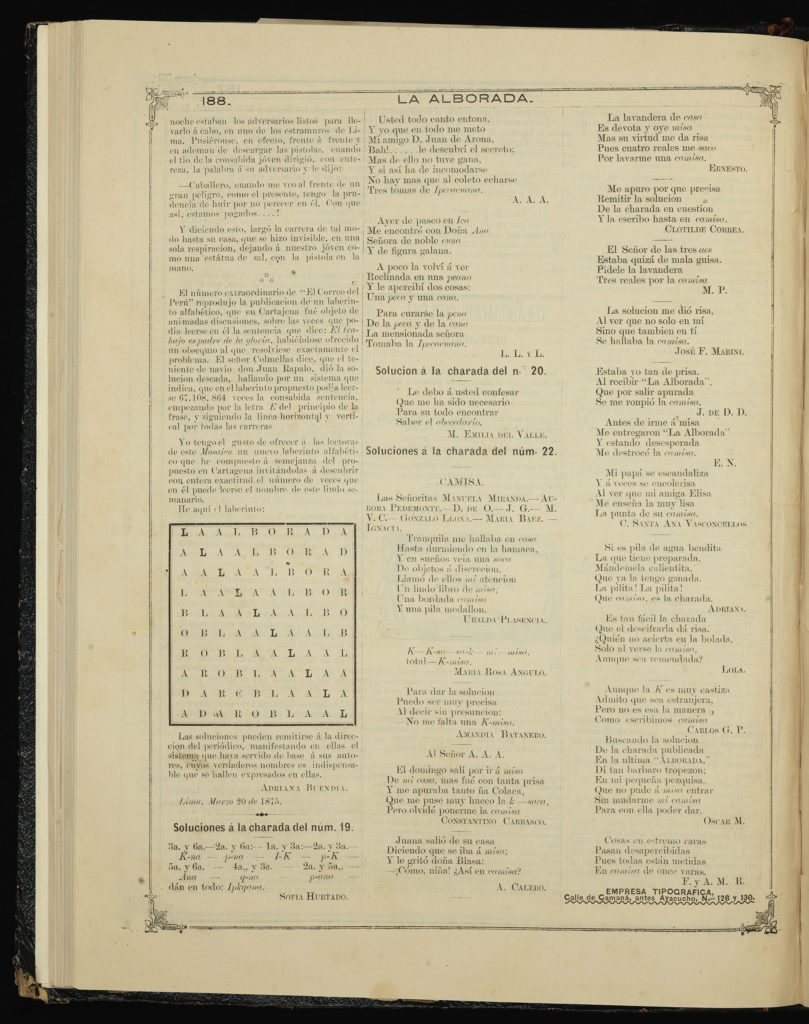
Word searches (laberintos) are also featured in Peruvian periodicals, as are rebuses, like the one found at the bottom of the page below from El Perú Ilustrado of June 16, 1888. The prize for decoding this puzzle was 200 packs of cigarettes. Fittingly, the sponsor of the puzzle was a tobacco vendor. In English, the solution to the puzzle (shown at the bottom of the last image) is: “If you know what is good, in terms of tobacco, I advise you to buy the brand «El Sol de Oro» from Oliva brothers.”



